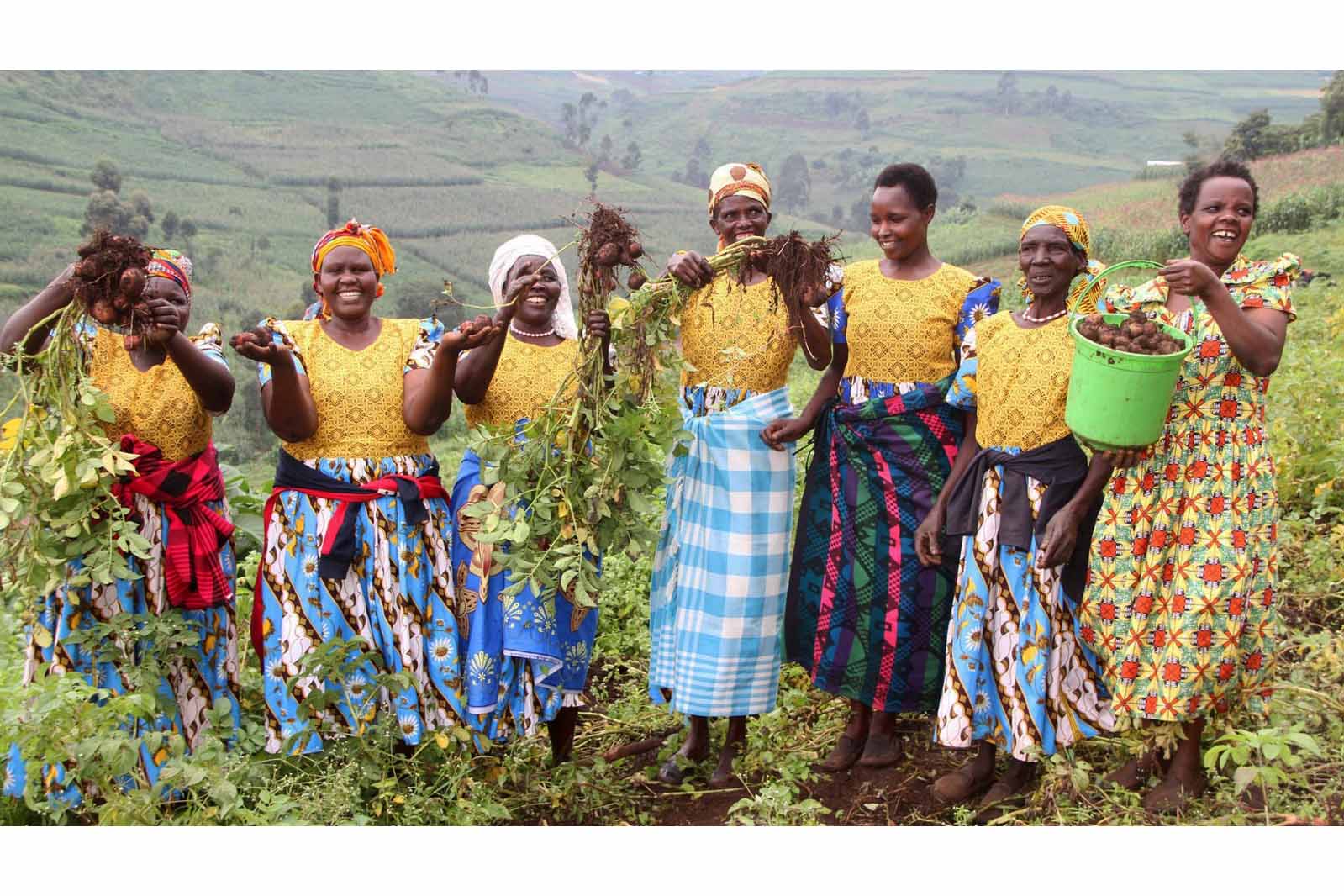Prime
What does it mean to empower?

Emilly C. Maractho (PhD)
What you need to know:
- Many of the strategies of old assumed that once you increased the number of women in decision making positions... then the rest would fall in line.
I attended the Empower Her event, a Nation Media initiative to advance an equal future for women, last Thursday. The event that was on the eve of International Women’s Day was a great opportunity to recognise the work of organisations that advance women through structural and systemic actions as well as application of strategic options. A total of 19 awards were given in two categories.
Awards always have a special place in recognising initiatives that impact lives. When the call was run, someone asked me, what does it mean to empower women? They asked me if I even needed empowerment.
At the time I thought I did not, because the concept implies uplifting people from difficult situations. But when you look into it further, and consider the term empowerment within the context of vulnerability and equipping people to be more, then you know that we all need it. Men and women in leadership need more empowerment than we imagine it may seem.
Part of the problem with those in leadership is that we assume that they know what they are doing and are driven by the best of intentions for the public, and that they are not simply performing to their own end. And we could be wrong about many of our assumptions.
The Chief Guest, Hon Beti Kamya (IGG), made some very interesting observations in the matter of empowerment. She told us, ‘do not under estimate the power of early learning – because we were told’. True to her way of clear articulation, she gave interesting examples of things we do because we were told when we were young, in spite of our education and growth.
I reflected on several of those things and recognised why many of the lessons of gender that are negative, become difficult to put away even when in the face of our education, experience and exposure, we acknowledge that they were wrong, that they were a form of trick.
As a country, when you read the newspapers on Women’s Day each year, you are bound to be reminded of how much the government has done for women. You see articles about women who have excelled in ways unimagined just a few decades ago. The counting is generous in terms of policies, programmes, laws and regulations.
In the area of policy, you could consider affirmative action embedded in our Constitution and implemented through interest groups, politics and education. Then programmes such as UPE and USE were supposed to be game changers in ensuring an equal future for girls through education.
There are also several legislative efforts, including laws meant to end gender-based violence and female genital mutilation. Besides government, there are women interest civil society organisations doing incredible work in several sectors. Many of these efforts are largely unevaluated in terms of their contribution to gender equality and women’s empowerment.
While some good progress has been made in terms of increasing the number of women who have gone to school, who hold executive positions and those that sit on boards, as well as incredible increment in the national political scene, some real challenges remain.
Several questions remain as to what the real challenges to advancement of women and an equal future are. Is it time to go back to the basics as Hon Kamya suggested, therefore admitting we are not making as much progress as desired? What solutions might work for our times?
Many of the strategies of old assumed that once you increased the number of women in decision making, made them executives in critical institutions and educated women then the rest would fall in line.
Yet, it is clear, the power of this early learning that Hon Kamya talked about is real. The question for us to engage with includes to what extent and how these initiatives in form of policies, programmes and regulations are actually advancing women towards an equal future. Who are these programmes benefiting most and whose voices are being heard among women.
Our challenge remains what Hon Kamya called ‘structural biases’ and what we refer to as structural barriers. Several of these remain and make it difficult for women to advance and stay at the top for as long as men do according to research.
Other emerging challenges focus on how women in leadership address themselves to the issue of both empowerment and how they use their space when at the top. The performance of women at the top may serve to deepen long-held structural biases against women.
We already see in a lot of Ugandan spaces where many more women are qualified in a profession but a few end up practising, based on the experience of those who went before them. In the coming weeks, I will write about what it means to truly ‘empower her’ or what going back to the basics might mean.
Ms Maractho (PhD) is the director of Africa Policy Centre and senior lecturer at Uganda Christian University.
[email protected]




